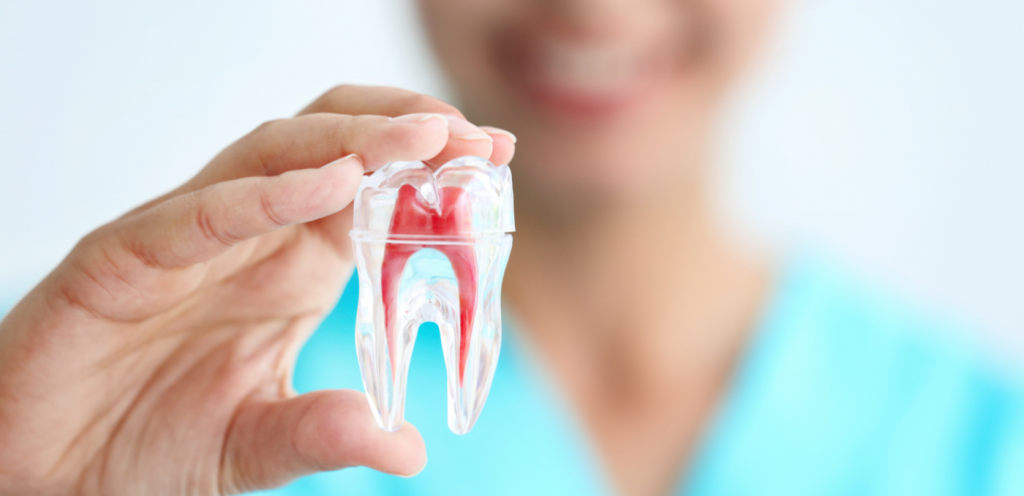
Over the past few weeks I have had numerous new and existing patients who have had the need to replace single and multiple teeth. Based on the conversations I have had with these patients, there seems to be some common misconceptions about replacing teeth. I would like to share my thought process that I communicate with patients when they are forced to decide between different treatment options.
Let me start by using an example of a new patient I had in yesterday. The patient presented with the chief complaint of pain. The diagnosis was an infection of a previously root canal treated tooth which was deemed non-restorable. The only treatment was extraction. The teeth adjacent… (Read More)



